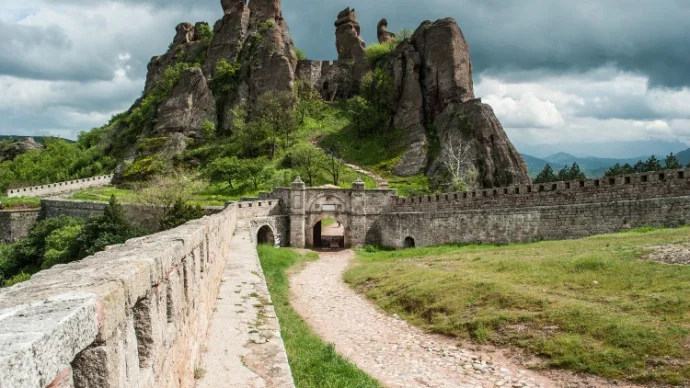About Troyan Monastery
The Troyan Monastery (Troyanski Manastir) is cited as Bulgaria’s third largest monastery. Thought to have been established in the 16th – perhaps the early 17th century – there is evidence to suggest that the history of the Troyan Monastery stretches back further to the 13th or 14th centuries.
The main attraction at the Troyan Monastery today is its church. Built in 1835, the church is decorated with works by one of the nation’s most famous artists of his time, Zahariy Zograph. There is also a museum showing the hiding place of Vassil Levski, a Bulgarian revolutionary who played an important role in the national liberation struggles in the 1870s.
Troyan Monastery history
The first signs of religious life on the site of Troyan Monastery date back to the end of the 14th century when the town of Troyan was founded. According to the monastery chronicles, its founder was an unnamed hermit who built himself a church there at the second Bulgarian state.
Leading up to 1830, the monks at Troyan Monastery often suffered attacks and raids but in that year, a delegation from Constantinople awarded the Troyan monks their support. The monastery was soon after built in the impressive Bulgarian Renaissance style, made of porous limestone. While several builders constructed the monastery, it was remarkably consistent in design, with long open verandas and columns and parapets around a large courtyard.
The church and monastery were also richly decorated with frescoes between 1847 and 1849 by the famous Bulgarian artist, Zahari Zograf. Zahari also included a painting of a lion and elephant, representing the strength and patience of Bulgaria during Ottoman rule. His brother, Dimitar, was responsible for the icons in the church.
From the monastery, alongside its religious presence in the local community, came a book on Bulgarian history – also linked to the struggle against Ottoman rule. The Troyan Monastery monastery hosted the famous Bulgarian Apostle of Freedom, Vassil Levski, who formed a revolutionary committee in Troyan Monastery including 80 monks.
During the Russian-Turkish War, the monastery was transformed into a field hospital for Russian soldiers. The Russians gained control of Bulgaria in 1877.
Troyan Monastery today
Today, set in the idyllic forested hills of Bulgaria, visit the room where Vasil Levski hid and met with other revolutionaries under the Ottomans, now a museum. For those seeking the peace and history of the monastery, you can also book a room for a night.
Many people make pilgrimages to Troyan on St George’s Day to visit an icon of the saint in the main church – an ornate Orthodox space. Before you leave, do not forget to try some of the plum brandy made from an ancient recipe.
Getting to Troyan Monastery
The monastery is easily found via a sign-posted roads from the town of Troyan on route to Oreshaka – a 2 and a half hour drive from Plovdiv via Routes 64 and 35.
Featured In

Bulgaria Historic Sites
Discover the best historic sites in Bulgaria, including cultural landmarks and attractions such as the ancient Thracian city of Perperikon and the medieval Boyana Church.




















